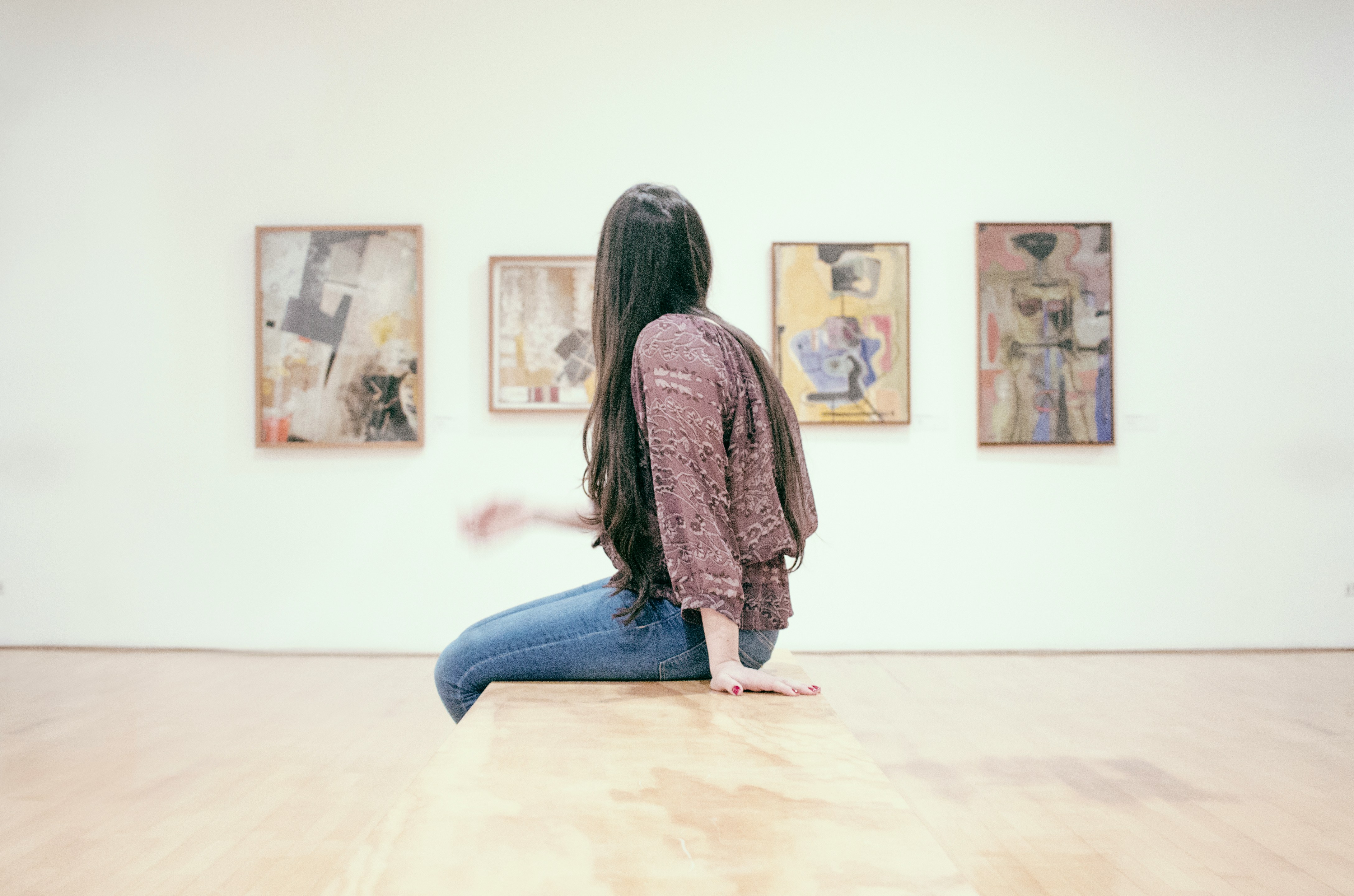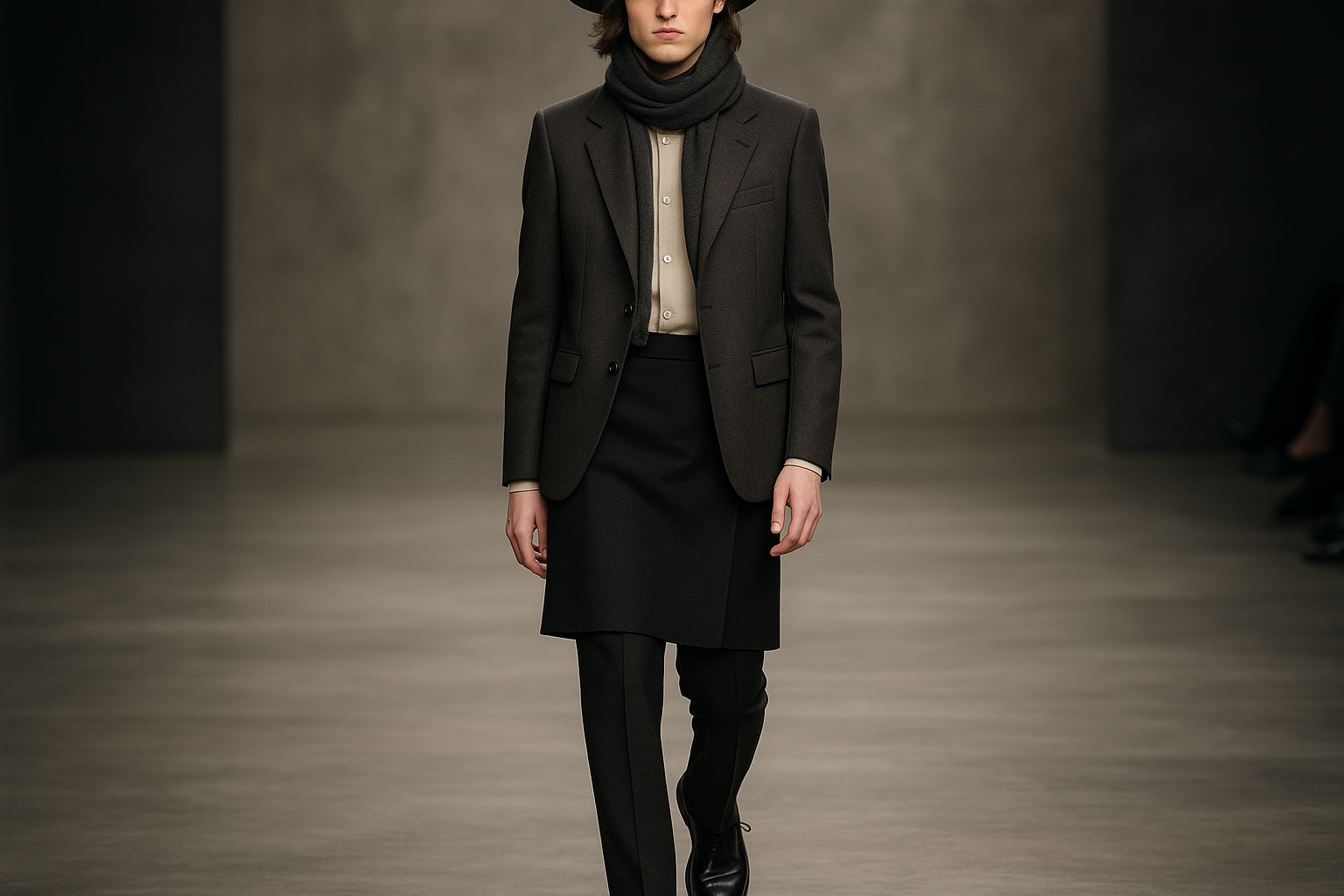Blurring Boundaries: The Rise of Cross-Disciplinary Art Forms
In the ever-evolving world of art and entertainment, there are few phenomena as intriguing as the rise of cross-disciplinary art forms. This groundbreaking trend defies traditional artistic boundaries, encouraging a fusion of different mediums and disciplines for a more comprehensive, innovative, and immersive experience. This article delves into the history, current developments, and potential implications of this exciting trend in the arts and entertainment industry.

The Genesis of Cross-Disciplinary Art Forms
In the past, art disciplines were clearly defined and distinct. However, as the world has grown smaller and more interconnected, so too have the arts. The emergence of cross-disciplinary art forms can be traced back to the 20th century, when artists began to experiment with combining different mediums into their work. This was driven by the desire to break free from traditional constraints and explore new ways of expression and communication.
Current Developments: A Melting Pot of Artistic Expression
Today, the trend of cross-disciplinary art has exploded in popularity. A growing number of artists are blending forms like painting, sculpture, music, dance, and digital media to create works that defy categorization. This trend is not confined to the visual arts alone. In the world of entertainment, we see an increasing number of productions that incorporate live music, dance, and multimedia elements into traditional theater performances.
The Impact: Redefining Artistic Experience
The rise of cross-disciplinary art forms is revolutionizing the way we perceive and experience art. It breaks down barriers between different art forms, offering audiences a more immersive and engaging experience. Moreover, it allows artists to express their creativity in unprecedented ways and challenges the traditional definitions of what constitutes art.
The Reception: Praise and Criticism
As with any innovative movement, the rise of cross-disciplinary art forms has been met with both praise and criticism. Supporters laud it for its innovation and ability to engage audiences in new and exciting ways. However, critics argue that this trend can lead to a dilution of individual art forms and that it often focuses more on spectacle than substance.
Looking Forward: The Future of Cross-Disciplinary Art Forms
Despite the debates surrounding cross-disciplinary art forms, it is undeniable that they are reshaping the landscape of the arts and entertainment industry. As technology continues to evolve and artists become more inventive, we can expect to see even more exciting developments in this realm. In the end, the rise of cross-disciplinary art forms is not just an interesting trend—it’s a testament to the ever-evolving nature of creative expression.
In conclusion, cross-disciplinary art forms represent a bold and innovative shift in the way we perceive and experience art. By challenging traditional boundaries and opening up new avenues of expression, they offer a fresh, exciting perspective on the world of arts and entertainment. Whether you’re an artist, a critic, or an enthusiastic audience member, there’s no denying the impact and significance of this groundbreaking trend.






